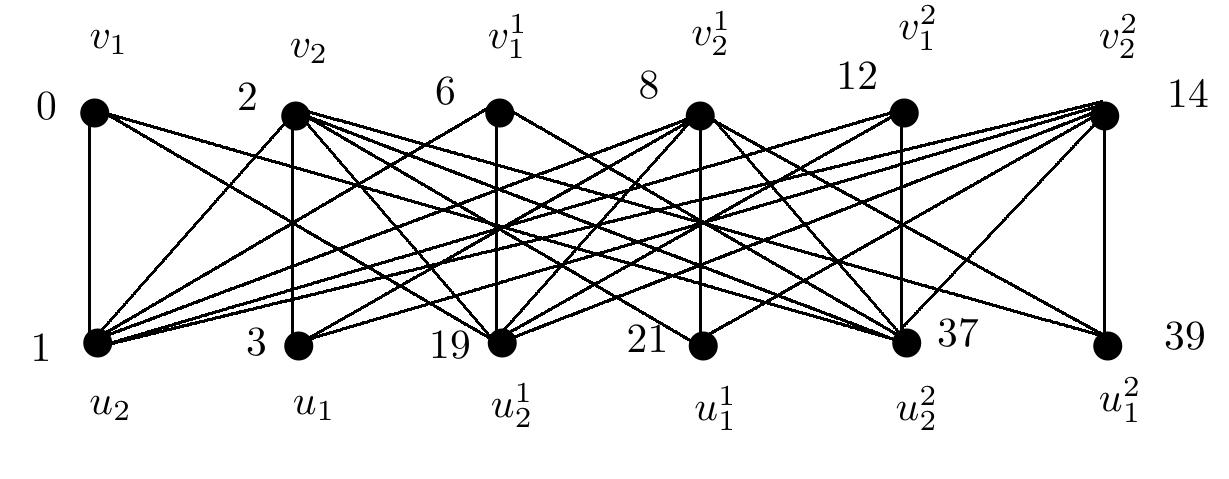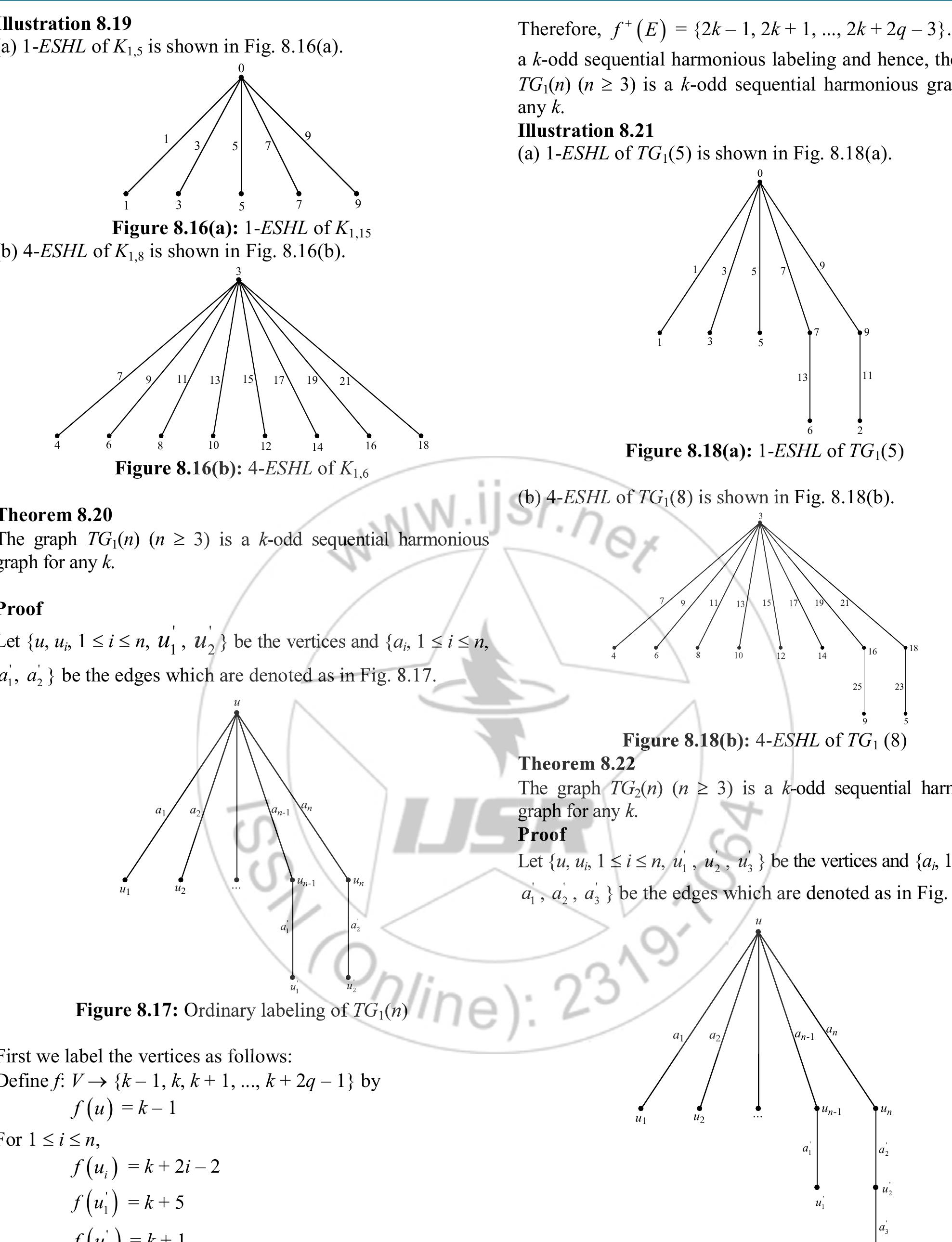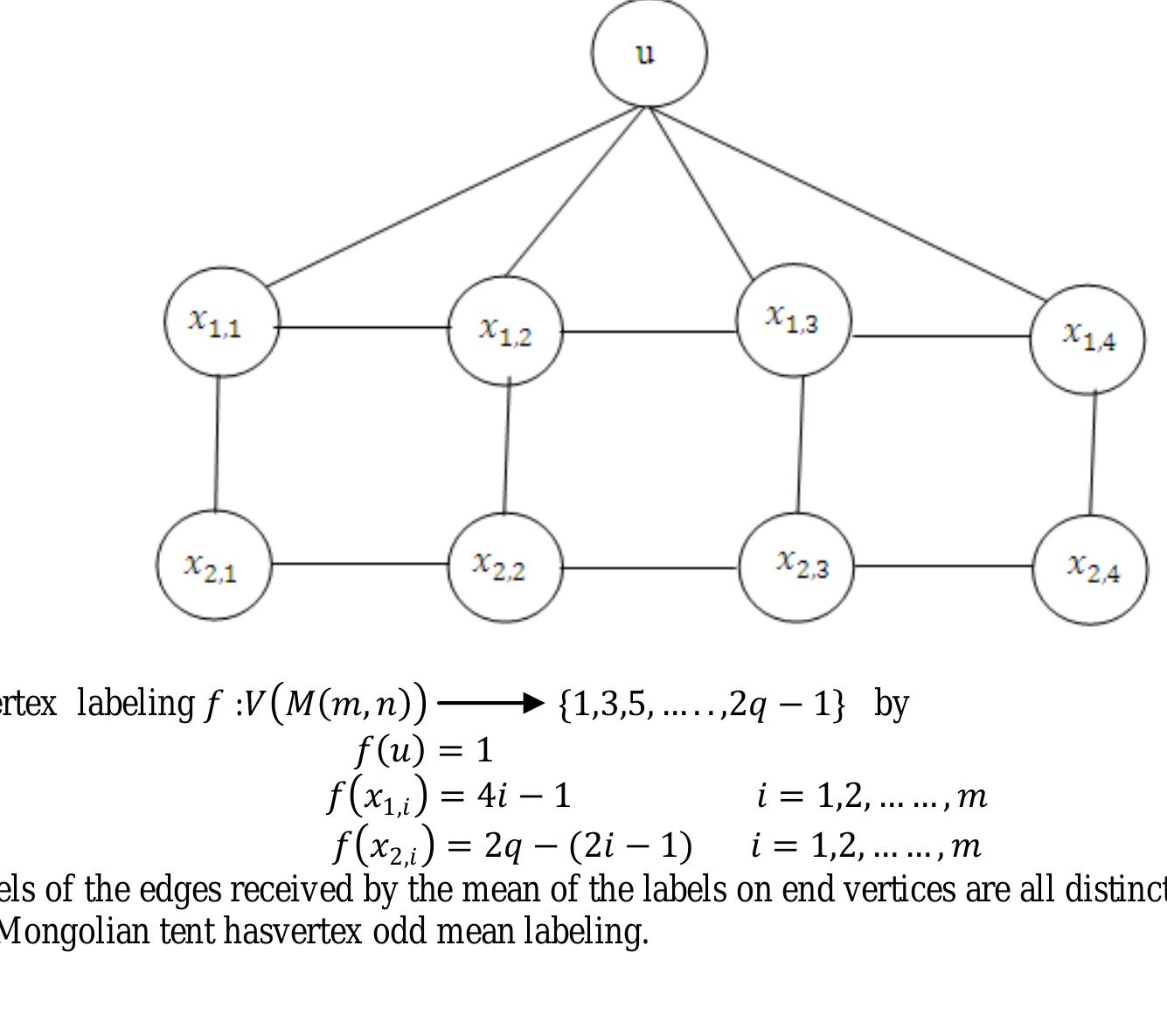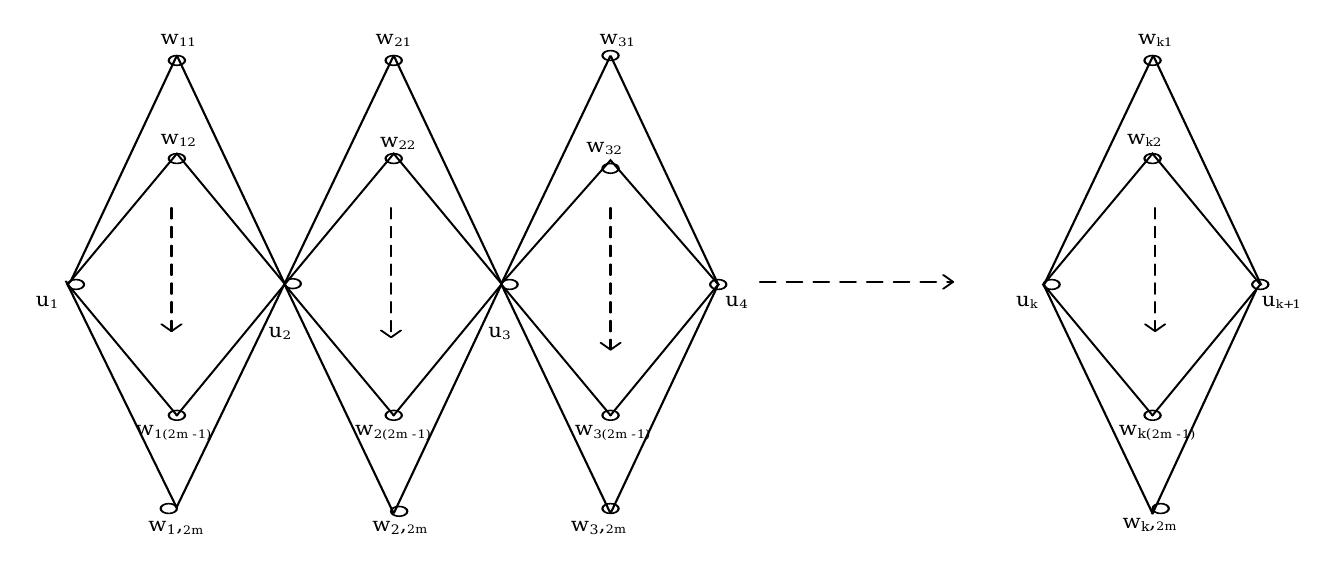Key research themes
1. What are the structural characterizations and labeling constructions that guarantee harmonious and odd harmonious labelings in graphs?
This theme investigates the existence and construction of harmonious and odd harmonious labelings for various classes of graphs, focusing on necessary and sufficient conditions for such labelings, explicit labeling functions for infinite families, and structural properties that influence harmoniousness. Harmonious labelings assign distinct sums modulo the number of edges to edges by vertex labels, with applications in coding and network communications. Odd harmonious labeling is a variation where vertex labels lie in a certain integer set inducing edge labels with specified parity properties. Understanding these characterizations is crucial both for combinatorial design and potential applications in communications and algebraic graph theory.
2. How do generalized adjacency matrices and spectral spreads characterize the structure and labeling properties of graphs related to harmoniousness?
This theme covers algebraic graph theory approaches examining spectral properties induced by generalized adjacency matrices (e.g., the A_α matrix interpolation between adjacency and Laplacian matrices) and measures such as generalized adjacency spread (difference between largest and smallest eigenvalues), connecting these spectral parameters to underlying graph structural properties relevant for harmonious labeling. Such spectral characterizations provide alternative methodologies and bounds on graph parameters influencing label uniqueness and injectivity conditions important in harmonious graph theory.
3. What algorithmic and applied clustering methodologies improve face recognition systems emphasizing robustness important in graph labeling contexts?
This theme addresses algorithmic approaches in applying clustering, specifically K-Medoids clustering using PAM, in the context of face recognition systems that require robustness to noise and outliers. Given that harmonious graph labelings often model communication channels and network robustness, methods that enhance clustering in data with noise provide applicable insights for practical labeling constructions and error-correcting code designs inspired by graph labels.














































